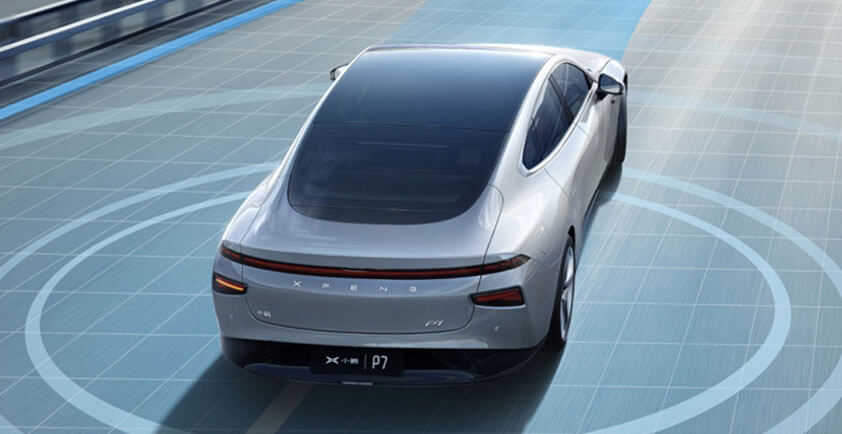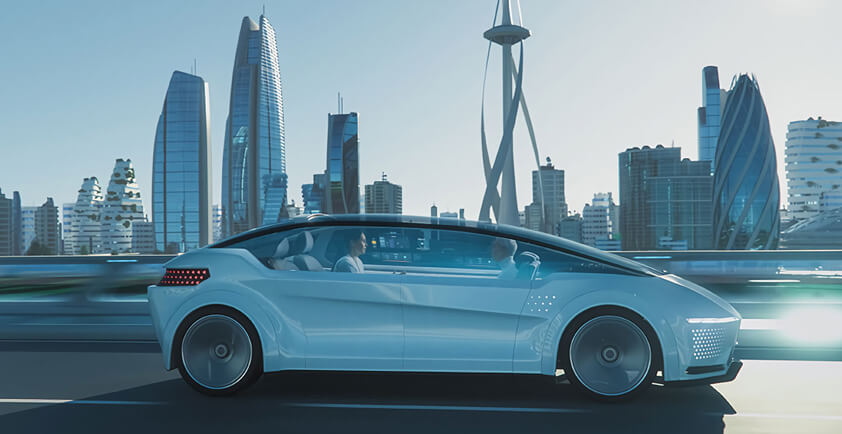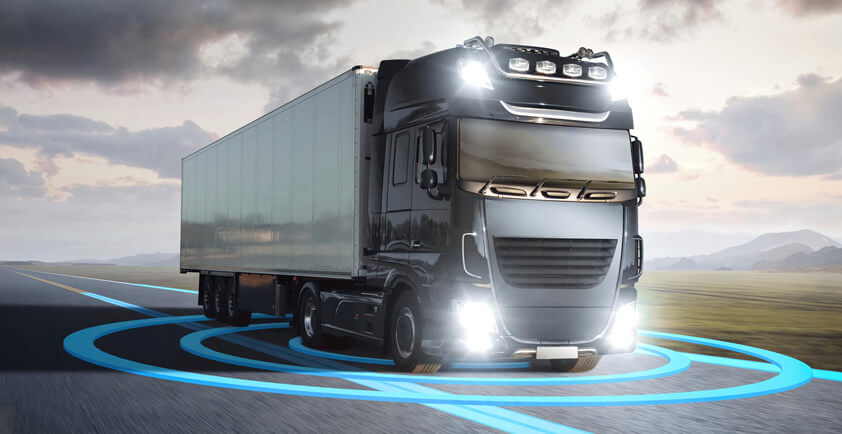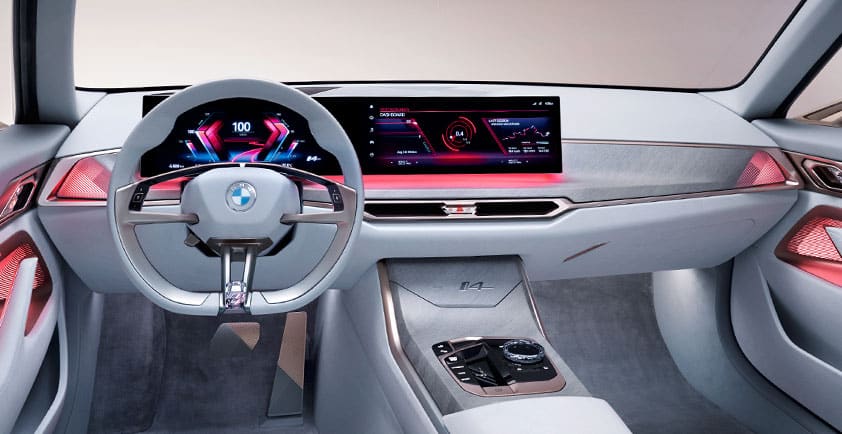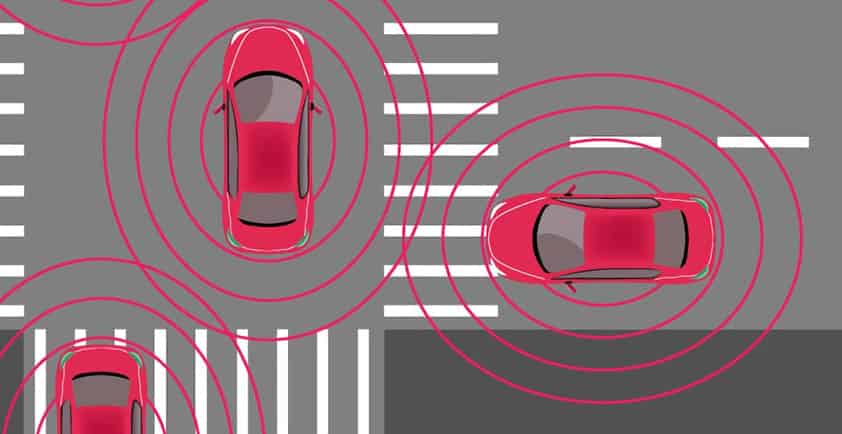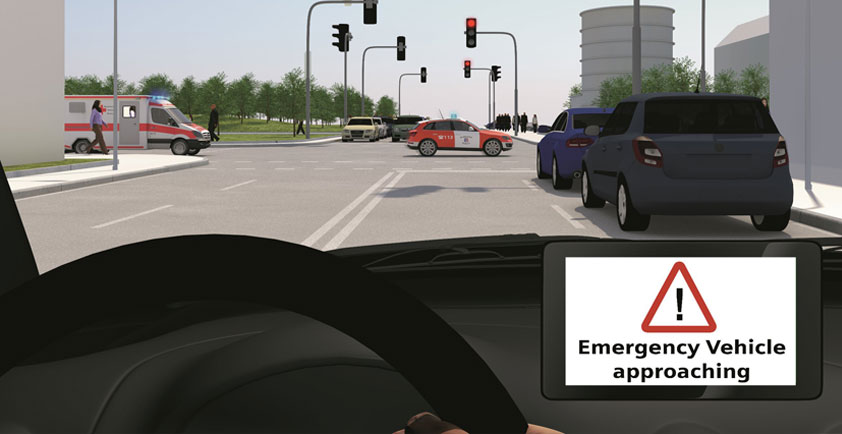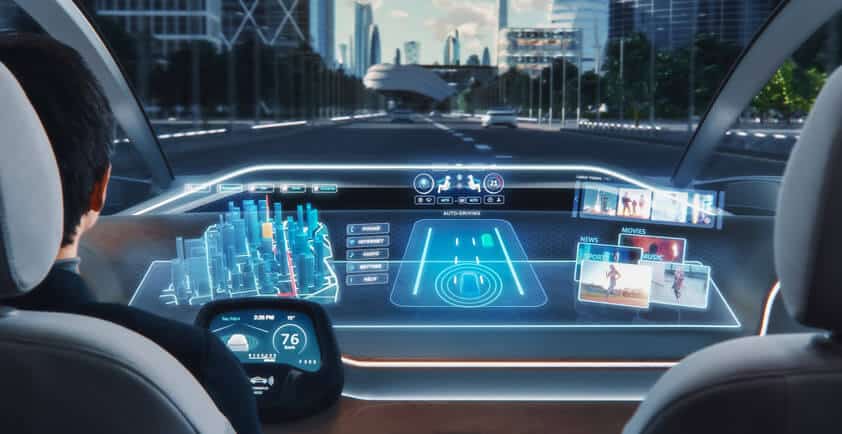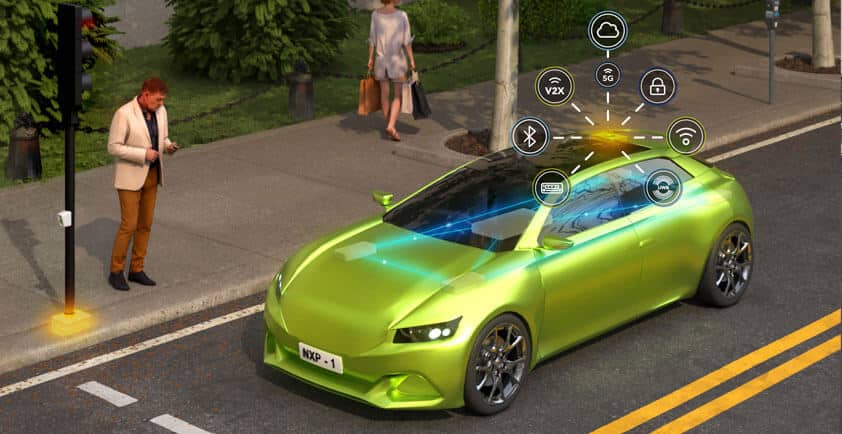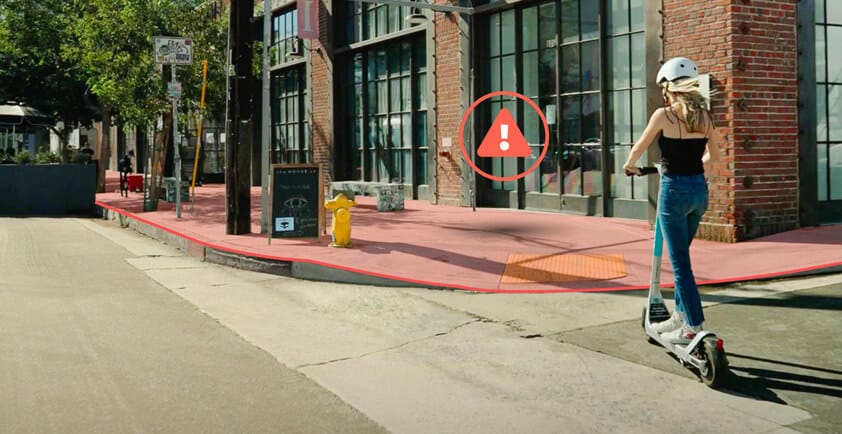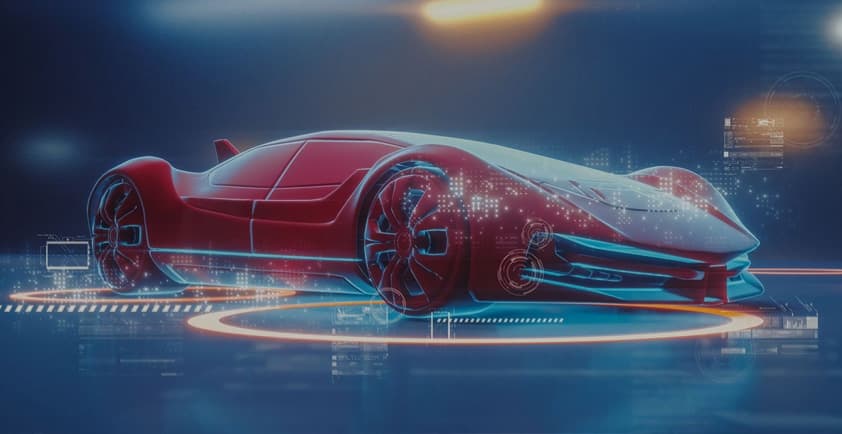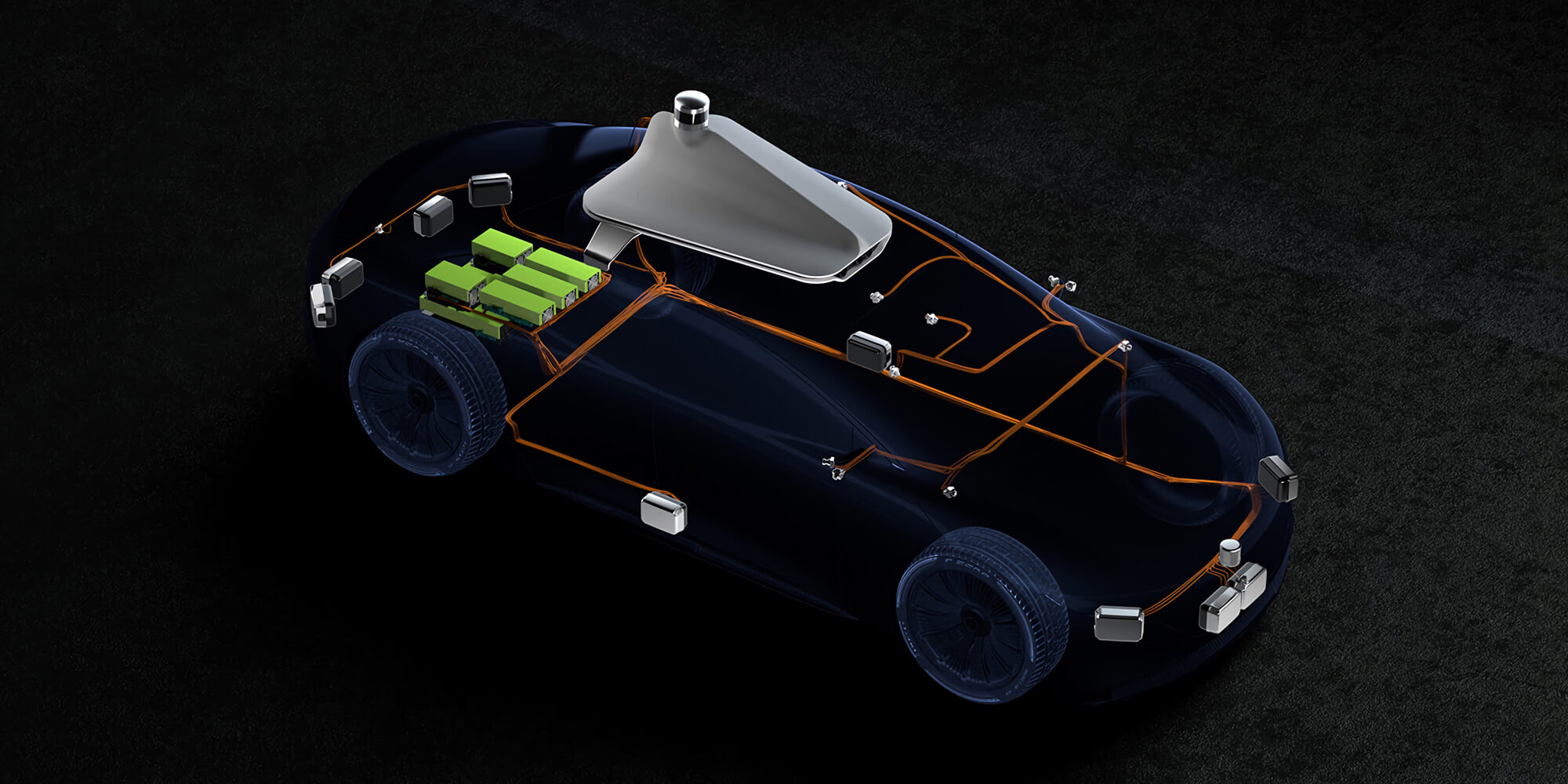
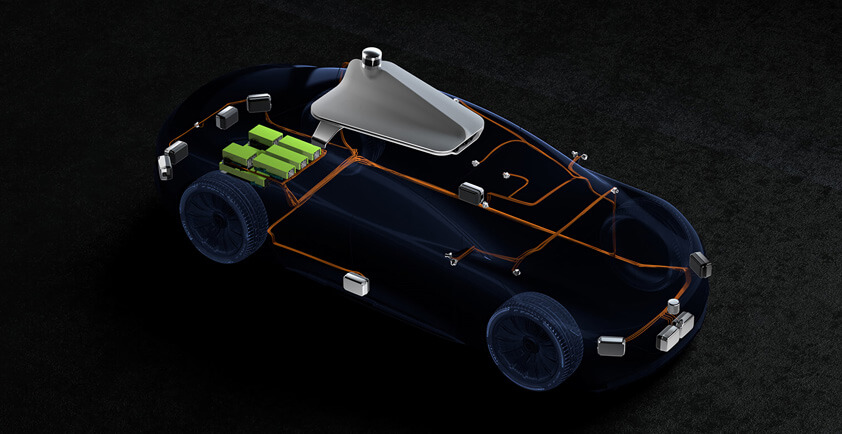
HOW AN AUTONOMOUS VEHICLE DETERMINES ITS PLACE IN THE WORLD
>> u-blox collaborates with NVIDIA on GNSS solution for NVIDIA DRIVE Hyperion AV reference architecture
As intelligent vehicles evolve toward fully auto nomous driving, a key aspect of safe operation is the vehicle’s localization capabilities. Core to any autonomous driving solution, high precision, accuracy, and reliability are paramount to the driving experience and overall safety of the vehicle and its occupants.
Vehicles use various technologies to locate themselves in the environment and within road lanes. A Global Navigation Satellite System (GNSS) receiver provides the core and is often complemented by perception sensors such as cameras, vehicle odometry (wheel ticks), and inertial measurement units. This multi-modal ensemble not only provides collective precision and diversity, but also the redundancy and "dead reckoning" capability to ensure localization can function when GNSS satellite signals are impaired. A state-of-the-art, multi-constellation, multi-band, dual RF path GNSS receiver is important – making u‑blox an ideal candidate to join NVIDIA’s autonomous driving ecosystem.
NVIDIA’s pioneering work in accelerated computing and AI is reshaping trillion-dollar industries, including transportation and autonomous vehicles (AVs). The company offers end-to-end hardware, software, and platforms for the development and deployment of autonomous driving and AI cockpits. NVIDIA DRIVE HyperionTM, an AV reference architecture with a compute engine, software, and sensor suite that includes navigation, offers developers and engineers a production platform that can be installed in test vehicles to evaluate autonomous system development.
"The u‑blox GNSS is a robust solution for our turnkey DRIVE Hyperion platform, which is designed to help accelerate the path to production of AVs," said Glenn Schuster, senior director of sensor ecosystems at NVIDIA. "NVIDIA was looking for a GNSS ecosystem partner like u‑blox, which offered a cost-effective, automotive-grade solution."
u‑blox offers several GNSS receiver options for various markets. Modules are typically soldered onto a motherboard, but NVIDIA opted for a different systems approach, whereby the modular GNSS receiver is packaged in a compact, protective enclosure that can be flexibly placed in various locations of the vehicle. NVIDIA and u‑blox worked closely together to ensure the receiver addressed specific requirements surrounding operating/data modes, update rates, connectivity (physical interfaces), form factor, and mounting.
The u‑blox C103-F9K application board with ZED-F9K module addressed NVIDIA's needs for its next-generation DRIVE Hyperion reference architecture. GNSS positioning from the ZED-F9K, along with odometry and feature matching via camera perception and HD maps, provide continuous lane-accurate localization. When deployed, the C103-F9K will be mounted in a component rack that also houses the NVIDIA DRIVE OrinTM compute platform as well as other system and networking components.
The companies’ collaboration establishes the u‑blox technology as the DRIVE Hyperion reference sensor for its GNSS-based positioning accuracy and a core sensor for localization. It also gives u‑blox access to NVIDIA’s DRIVE ecosystem, which affords the opportunity to leverage other NVIDIA solutions and gain momentum among OEMs.
